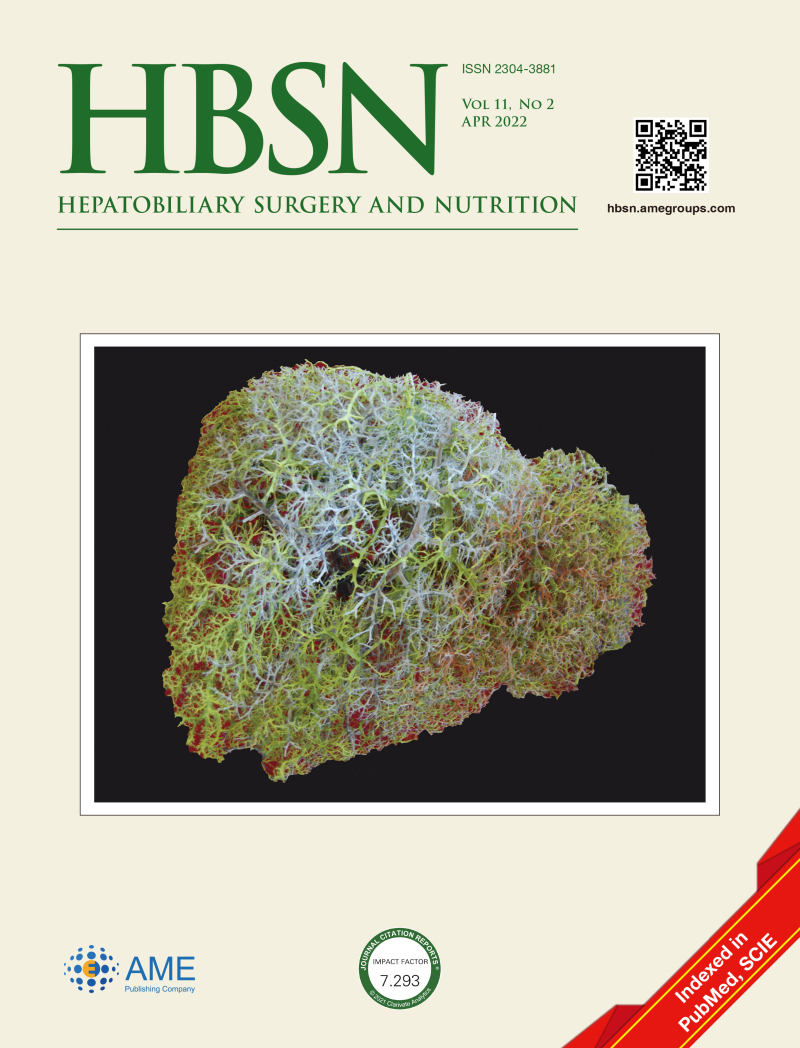The Story Behind the Cover Picture
Original Article
Development of a machine learning model to predict early recurrence for hepatocellular carcinoma after curative resection
This study demonstrated that the machine learning model is a powerful tool to predict early recurrence and provides improvement over other models. This novel model may provide clinicians with useful guidance for postoperative follow-up and treatments.
Xanthophyll β-cryptoxanthin treatment inhibits hepatic steatosis without altering vitamin A status in β-carotene 9',10'-oxygenase knockout mice
High intake of provitamin A carotenoid beta-cryptoxanthin is related to a lower risk of nonalcoholic fatty liver disease (NAFLD). The study demonstrated that beta-cryptoxanthin has its own biological functions independent of carotenoid cleavage enzyme and functions as a promising preventative agent against NAFLD development.
Myeloid peroxisome proliferator-activated receptor α deficiency accelerates liver regeneration via IL-6/STAT3 pathway after 2/3 partial hepatectomy in mice
Efficient liver regeneration is critical for the treatments of chronic liver diseases, such as donor liver transplantation and tumor resections. This study demonstrates that myeloid PPARα restricts PHx-induced liver regeneration via inhibiting IL-6/STAT3 pathway, thus providing a potential target for improving liver regeneration capacity.
A novel radiomics signature based on T2-weighted imaging accurately predicts hepatic inflammation in individuals with biopsy-proven nonalcoholic fatty liver disease: a derivation and independent validation study
This is the largest single study to assess the prediction of histologic hepatic inflammation by radiomics in NAFLD to date. A radiomics signature based on T2 weighted magnetic resonance imaging non-invasively and accurately identifies severe hepatic inflammation in patients with biopsy-proven NAFLD.
Review Article
Chinese expert consensus on conversion therapy for hepatocellular carcinoma (2021 edition)
Therapeutic advances in advanced hepatocellular carcinoma have increased the opportunity for patients with initially unresectable disease to achieve tumor downstaging and undergo surgical resection, a ‘conversion therapy’. We reviewed current evidence for conversion therapy in HCC and developed expert consensus statements to guide clinical practice.
Novel biomarkers and the future of targeted therapies in cholangiocarcinoma: a narrative review
Cholangiocarcinoma is a highly aggressive group of biliary malignancies with limited treatment options and poor overall survival. The advent of next generation sequencing has led to the identification of several new actionable mutations with significant implications for the diagnosis and treatment of this disease.
Editorial from the ACHBPT1
Editorial
Commentary
Viewpoint
Letter to the Editor
News
Disclosure:
1. The series “Editorial from the ACHBPT” was commissioned by the editorial office, Hepatobiliary Surgery and Nutrition without any sponsorship or funding.


